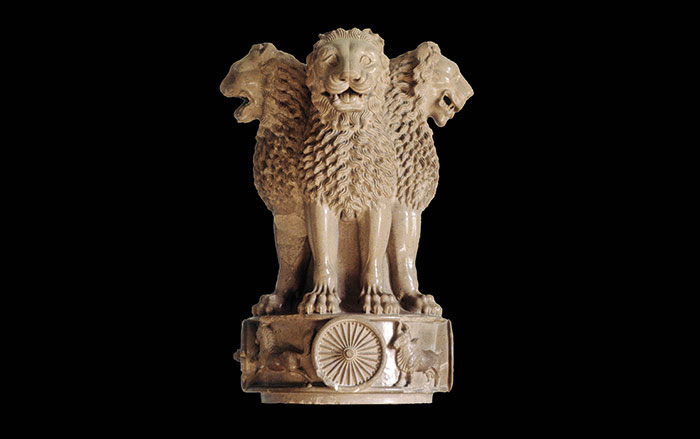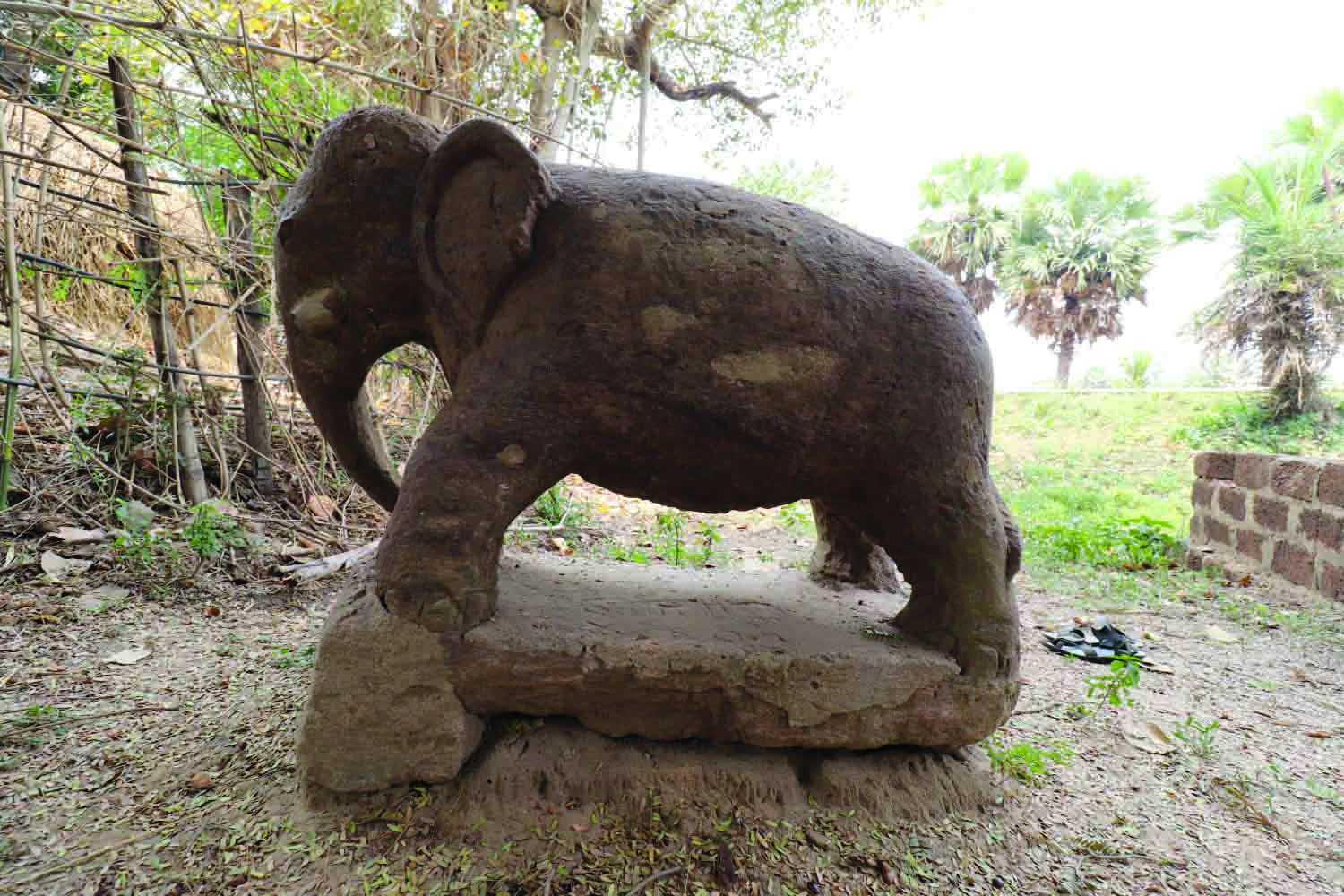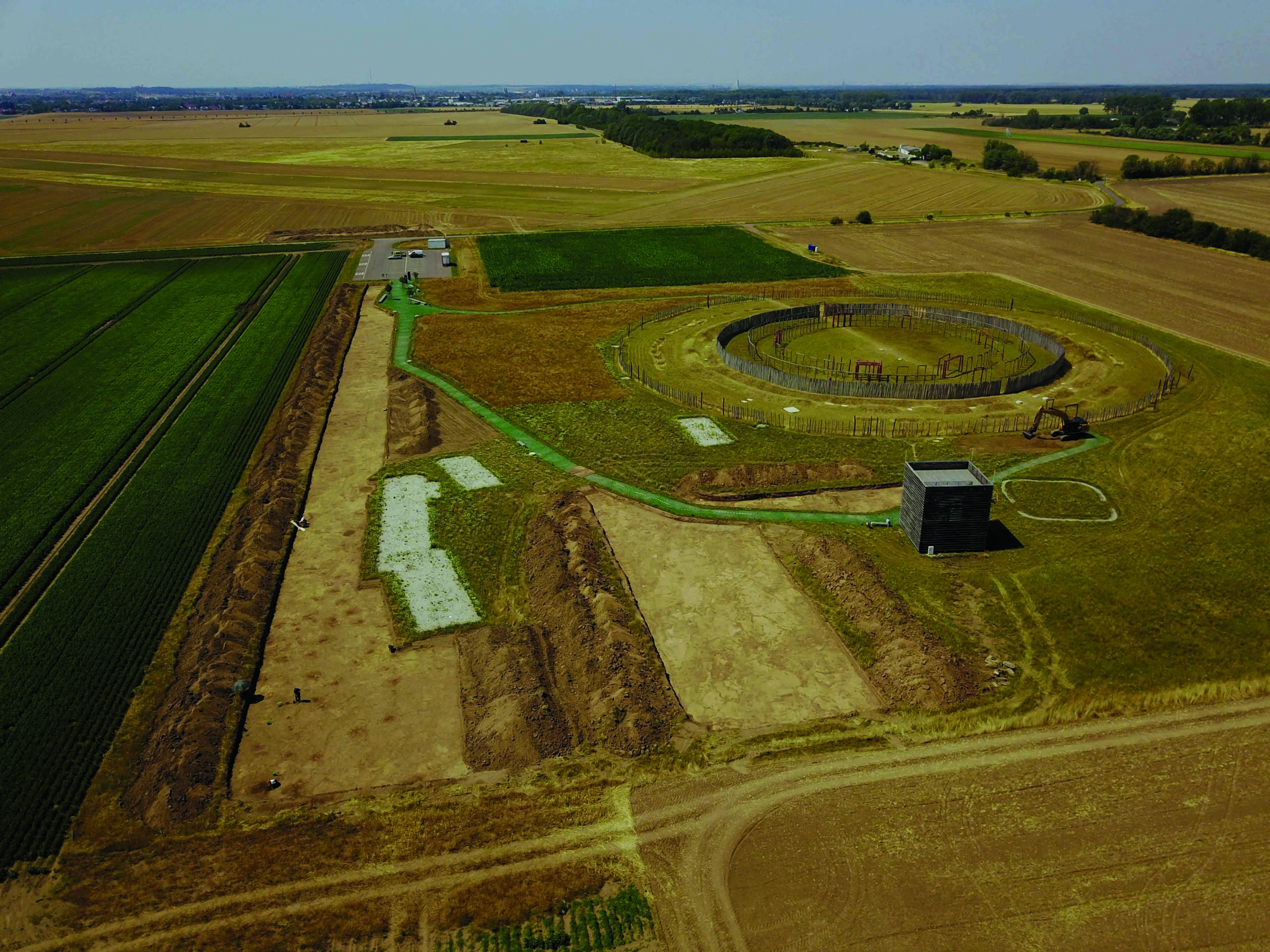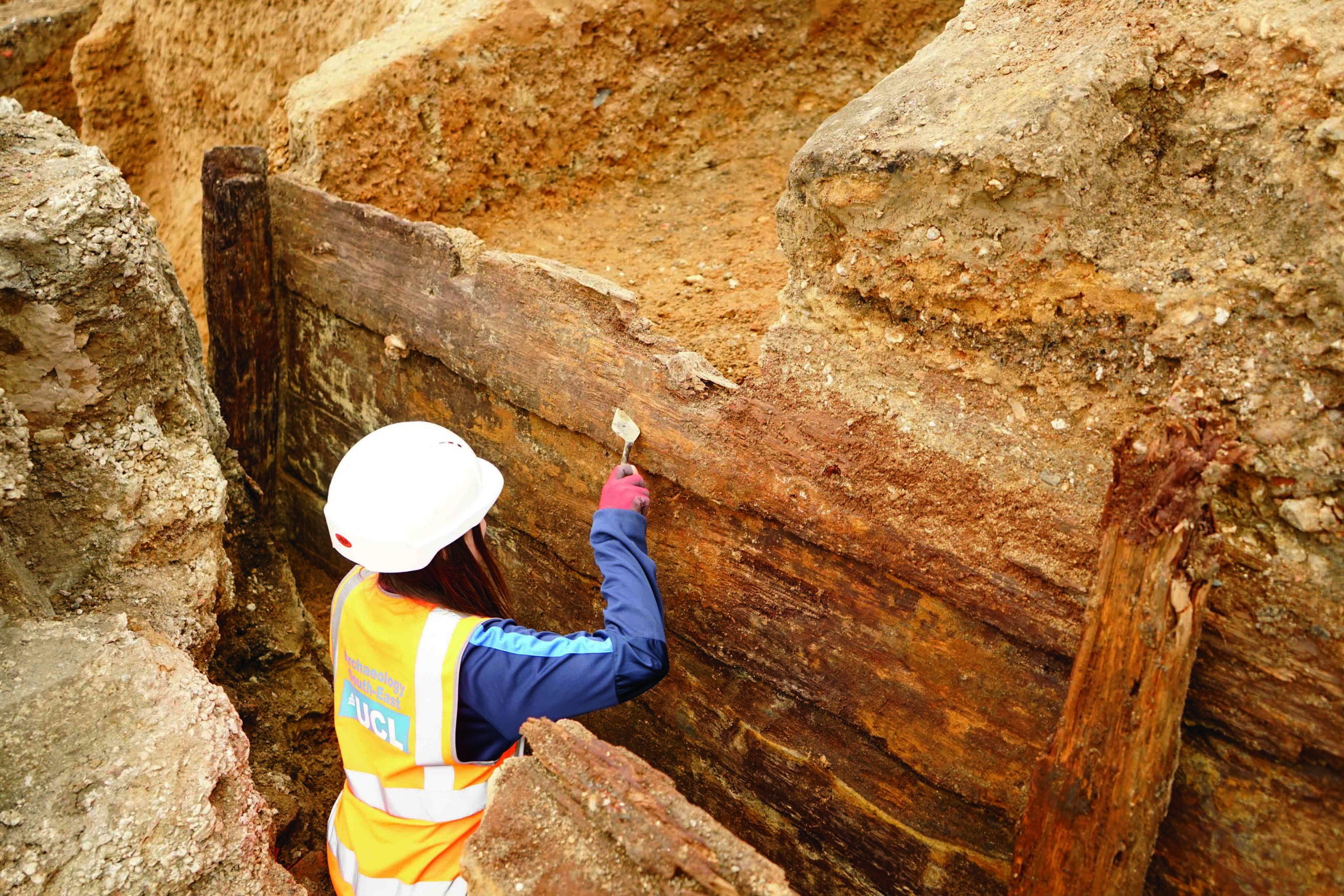KARNATAKA, INDIA—The Times of India reports that a twelfth-century sculpture depicting Vishnu has been discovered at a temple site near India’s southwestern coast. In Hinduism, the god Vishnu preserves and protects the universe, and is often shown with blue skin and four arms. This sculpture is in the style popularly known as Vishnumurthy in Tulunadu and belongs to the region’s Bhagavatha sect. T. Murugeshi of MSRS College said the statue was found under 18 feet of debris, including architectural pieces and bricks, in a well near the remains of the razed temple. In this image, Vishnu is dressed with a headdress, earrings, armlets, and anklets. In his front right hand, he holds a pinda, or ball of cooked rice or barley offered to ancestors during funeral rites. A club representing mental and physical strength dangles from his left wrist, while his front left hand rests on his waist. The back left hand holds a conch shell, used to produce the primeval sound of creation. Murugeshi said the back right hand is missing but the excavation team members are looking for it. The sculpture is being restored at MSRS College, where it will be kept. To read about a 2,000-year-old temple complex in India, go to "India's Temple Island."
12th-Century Sculpture of Vishnu Unearthed in India
News February 4, 2021
SHARE:
Recommended Articles
Digs & Discoveries May/June 2024
Educational Idols

When Lions Were King September/October 2023
Symbols

(Dinodia Photos/Alamy Stock Photo)
Digs & Discoveries September/October 2023
The Elephant and the Buddha

(Courtesy Anil Dhir)

(AB Historic/ Alamy Stock Photo)
-
 (Pasquale Sorrentino)
(Pasquale Sorrentino) -
Features January/February 2021
Return to the River
Members of Virginia’s Rappahannock tribe are at work with archaeologists to document the landscape they call home
 (Courtesy Julia King)
(Courtesy Julia King) -
Letter from Woodhenge January/February 2021
Stonehenge's Continental Cousin
A 4,000-year-old ringed sanctuary reveals a German village’s surprising connections with Britain
 (Photo Matthias Zirn)
(Photo Matthias Zirn) -
Artifacts January/February 2021
Inca Box with Votive Offerings
 (Courtesy Teddy Seguin/Université Libre de Bruxelles)
(Courtesy Teddy Seguin/Université Libre de Bruxelles)


